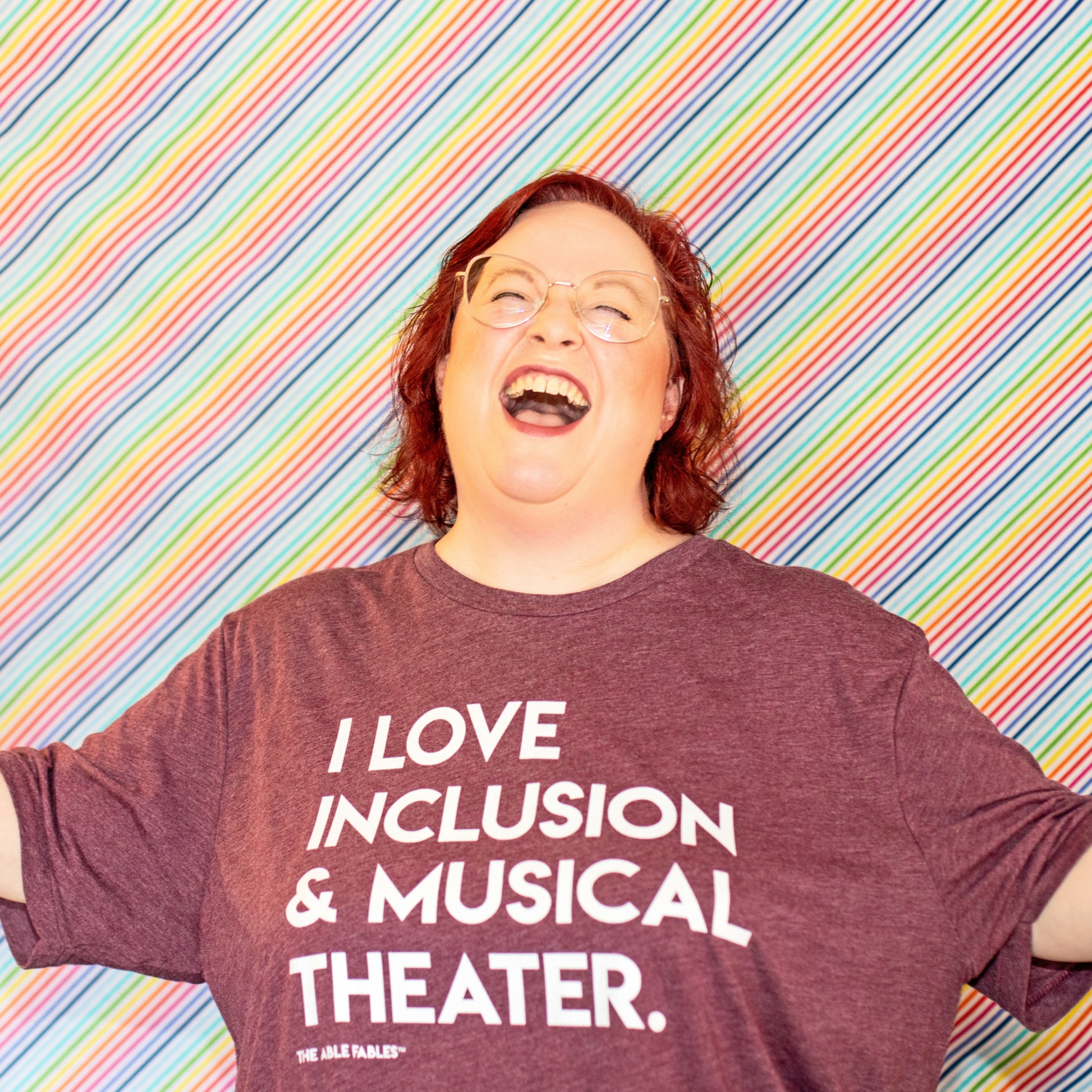We’re excited to introduce you to the always interesting and insightful Jen Kerner. We hope you’ll enjoy our conversation with Jen below.
Jen, appreciate you joining us today. Can you talk to us about a project that’s meant a lot to you?
A SHOW OF HANDS is an annual readers’ theatre event designed to spotlight talent that is under-represented in the theatre world. The program features the work of Deaf/Hard of Hearing, autistic/neurodivergent, or disabled writers – short plays, excerpts from full-length plays or works in progress, poetry, monologues, and so on – read in American Sign Language by a cast of Deaf/HOH signing actors, with voice actors alongside for the benefit of the hearing audience. It’s my favorite night of the year, it’s a celebration of inclusive creation, and I got to be in the room from the very beginning!
I’ve worked with the First Run Theatre Playwrights’ Workshop in St. Louis – one of the presenting organizations of A Show of Hands – for several years. I’m probably best known at the Workshop as the host of their annual Playwright Slam event, a competition where short excerpts of new plays are given cold readings by actors whose names are literally pulled out of a hat at random. In 2021, my friend Ron Selinger, a Deaf educator and theatre artist, came to the Slam to watch me do my hosting shenanigans, and he floated the idea of a similar event featuring Deaf actors reading in ASL and centering the work of Deaf, disabled and neurodivergent playwrights. Ron provided some proof of concept at the Slam, putting his name in the hat and reading a couple roles in ASL with me voicing for him. Six months later, under Ron’s leadership, with the support of the Playwrights’ Workshop’s Rob Miller, and with me as some sort of production assistant/office manager fusion, the first Show of Hands happened in front of a standing-room-only crowd. As I share this, we’re getting ready for the fourth annual edition on February 24, 2025.
A Show of Hands is intensely meaningful to me not only because it celebrates Deaf and disabled talent, but because it was created by Deaf talent with an assist from autistic talent (it’s me, I’m autistic talent!), which makes it a spectacular example of what inclusive theatre can look like. Every year, I spend most of the event running around like a chicken with my head cut off: emceeing, recording, acting, doing logistics… but at intermission, I take a moment to just breathe and look around, and I see a room full of people – Deaf and HOH and hearing, autistic and neurotypical, disabled and non-disabled – connecting and making art. It’s a vibrant, colorful scene, and what a privilege it is to be in that space.
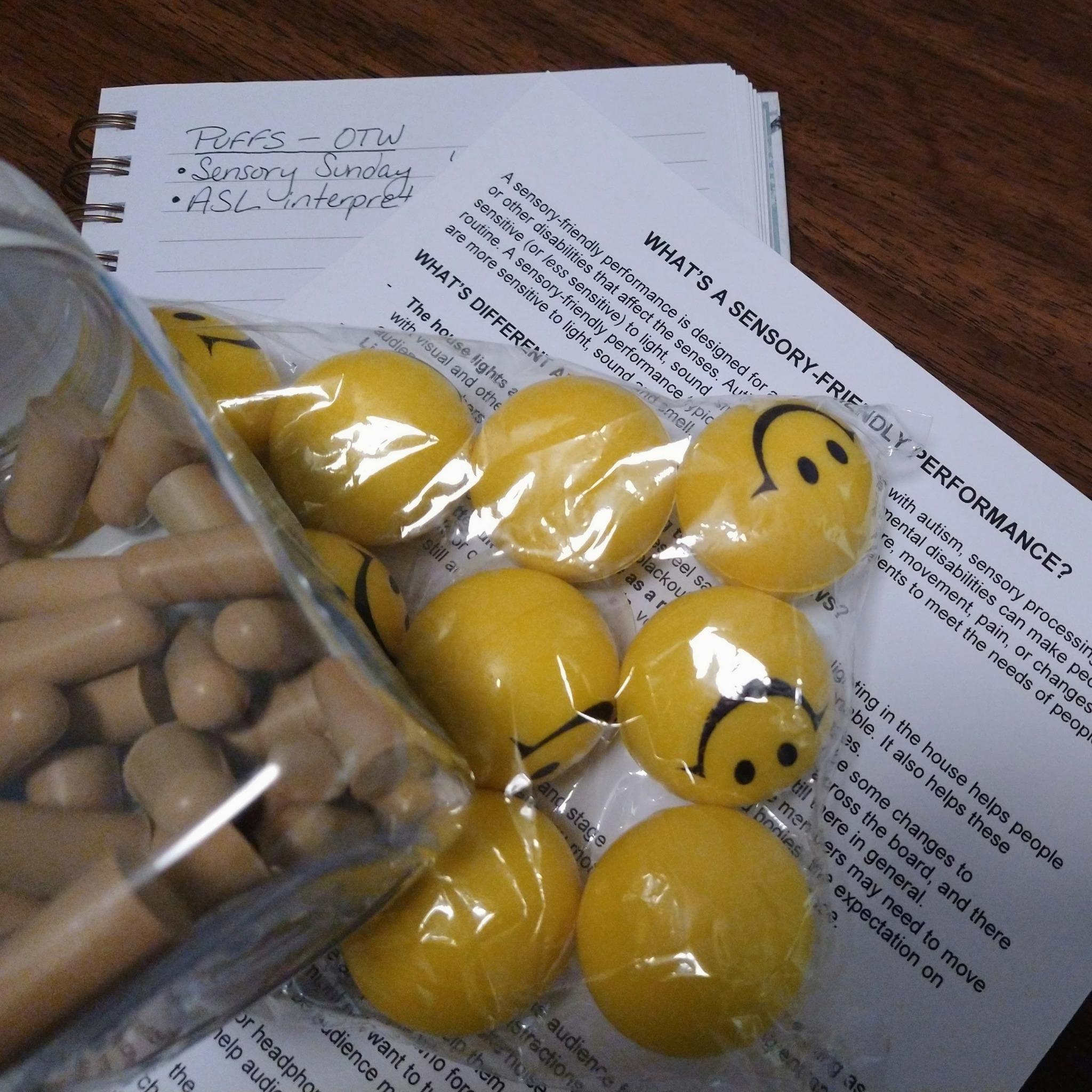
Jen, love having you share your insights with us. Before we ask you more questions, maybe you can take a moment to introduce yourself to our readers who might have missed our earlier conversations?
I’m a St. Louis-based stage and festival performer, an aspiring playwright, and an advocate for inclusion and accessibility in theatre. My passion is supporting the creation of arts spaces where people can participate – as audience and as artists – no matter how their bodies work, how they communicate, how they learn, or how they perceive the world through their senses. I come by this passion naturally, through lived experience: I myself am an autistic person, so I come into the room with some of the same needs I work to accommodate.
There are people in the St. Louis theatre community who may have never knowingly seen me perform, but who know me or know of me as “the Arts For All lady.” I’m proud to have that be my brand from the community, and I’m proud to be known as someone with some expertise in making shows accessible to more people. I’ve been a sensory consultant on productions with several local theatre companies, collaborating with directors and designers to adapt light and sound elements for sensory-friendly performances, connecting them with resources for American Sign Language interpretation and audio description, and crafting “what to expect” guides to provide advance support for audience members who need it. My goal is never to take over or fundamentally change a production, but always to collaborate and honor the vision of the director and designers while enabling more people to fully enjoy the fruits of that vision.
For the last couple of years, I’ve served as the president of the board of directors of Different Dynamics, an inclusive music-making organization in St. Louis. Different Dynamics champions access to creative expression for people of all neurotypes and abilities. They do this through an inclusive studio space, programming providing music-making opportunities for people of all ages and abilities, and opportunities for professional development for educators and performing arts organizations.
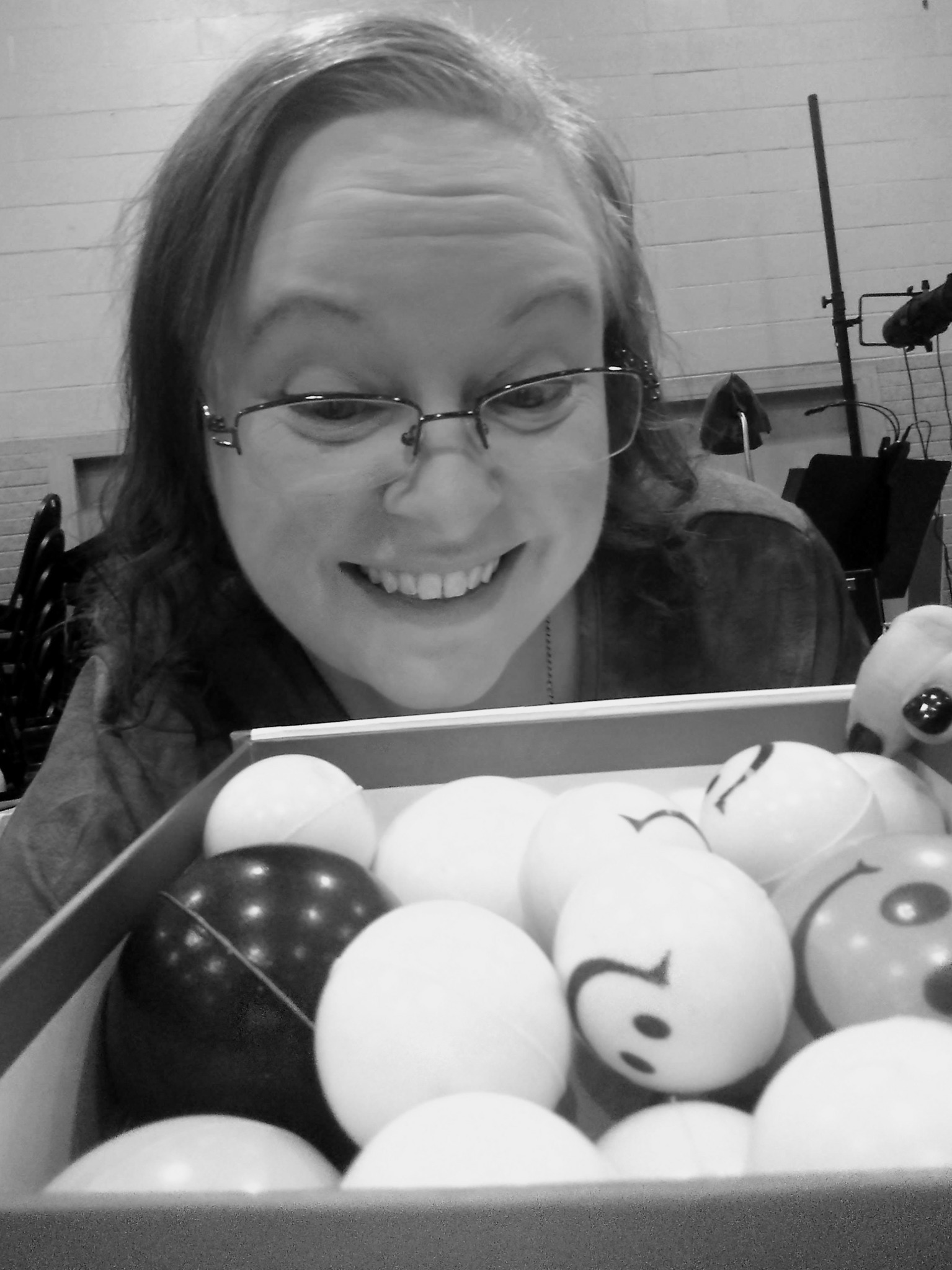
Is there a particular goal or mission driving your creative journey?
The goal that drives my advocacy is to help build an arts scene where people are seen through the lens of capability. Disabled, autistic, and Deaf/HOH arts lovers and artists come into the room with needs – but when those needs are met, when the tools and accommodations are available and accessible, they’re empowered to bring their talents and gifts, their skills and experience, and their voices and perspectives to the table. When that happens, everybody wins.
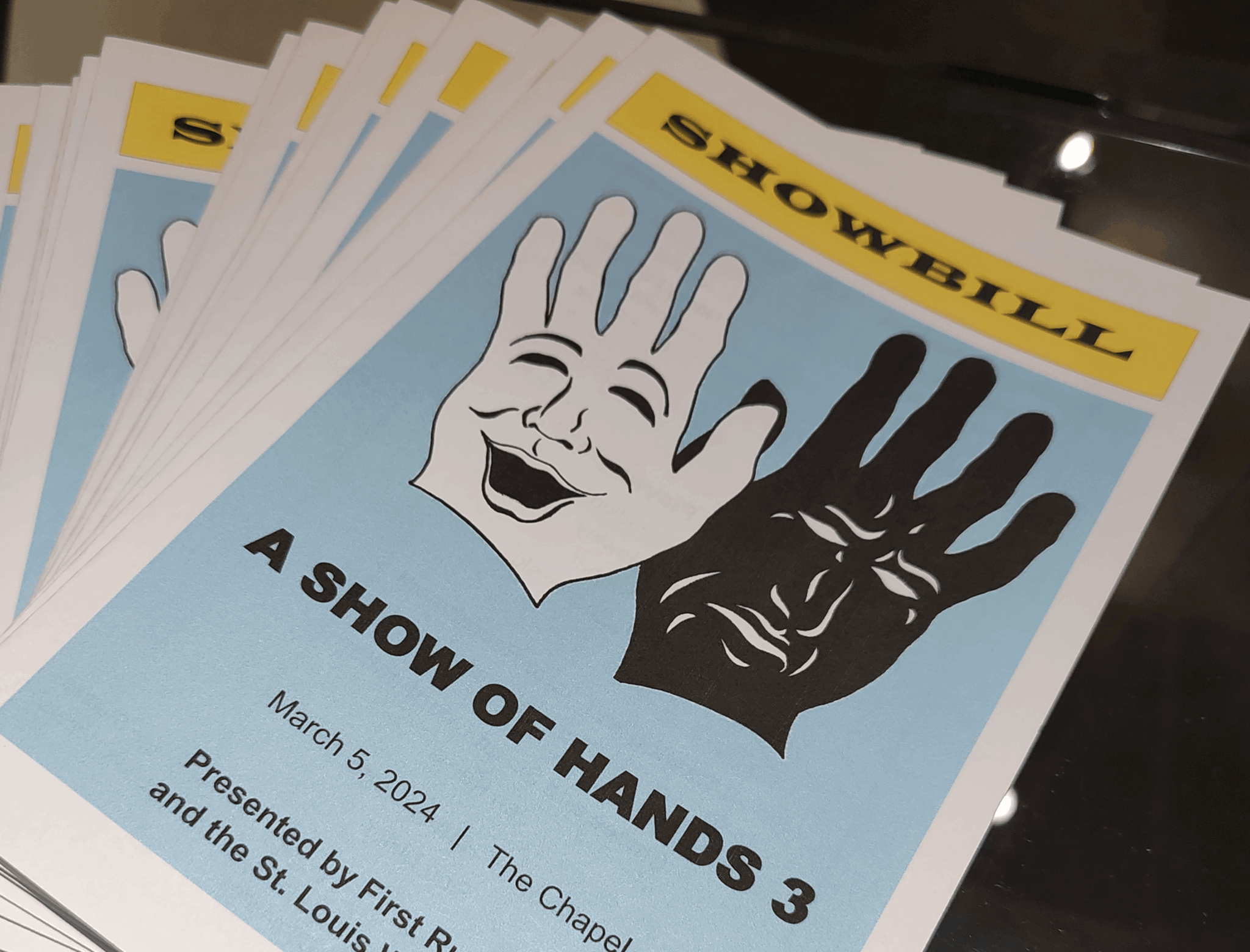
What’s the most rewarding aspect of being a creative in your experience?
The most rewarding moments have been watching people I’ve collaborated with apply their new knowledge and build on it. I think of a director whose first questions to me were the basics, like “What does sensory mean?” and “What even is autism?”, and who, when I worked with him again a year later, came into a production meeting with specific questions for me about technical elements of the show and ideas he’d come up with on how to adapt them for a sensory-friendly performance. He’d clearly done some homework, and that was immensely rewarding because I’d gotten to be part of his journey to becoming an accessibility- and inclusion-minded creator.
Contact Info:
- Other: Email: [email protected]
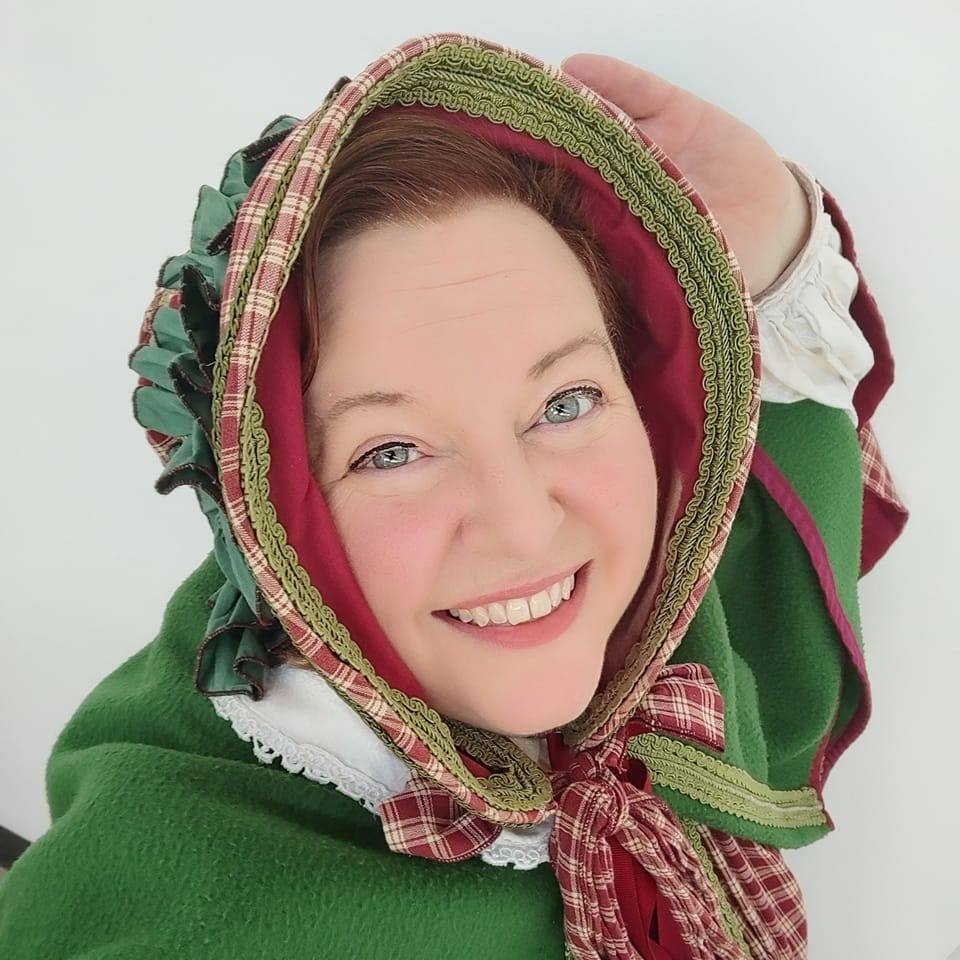
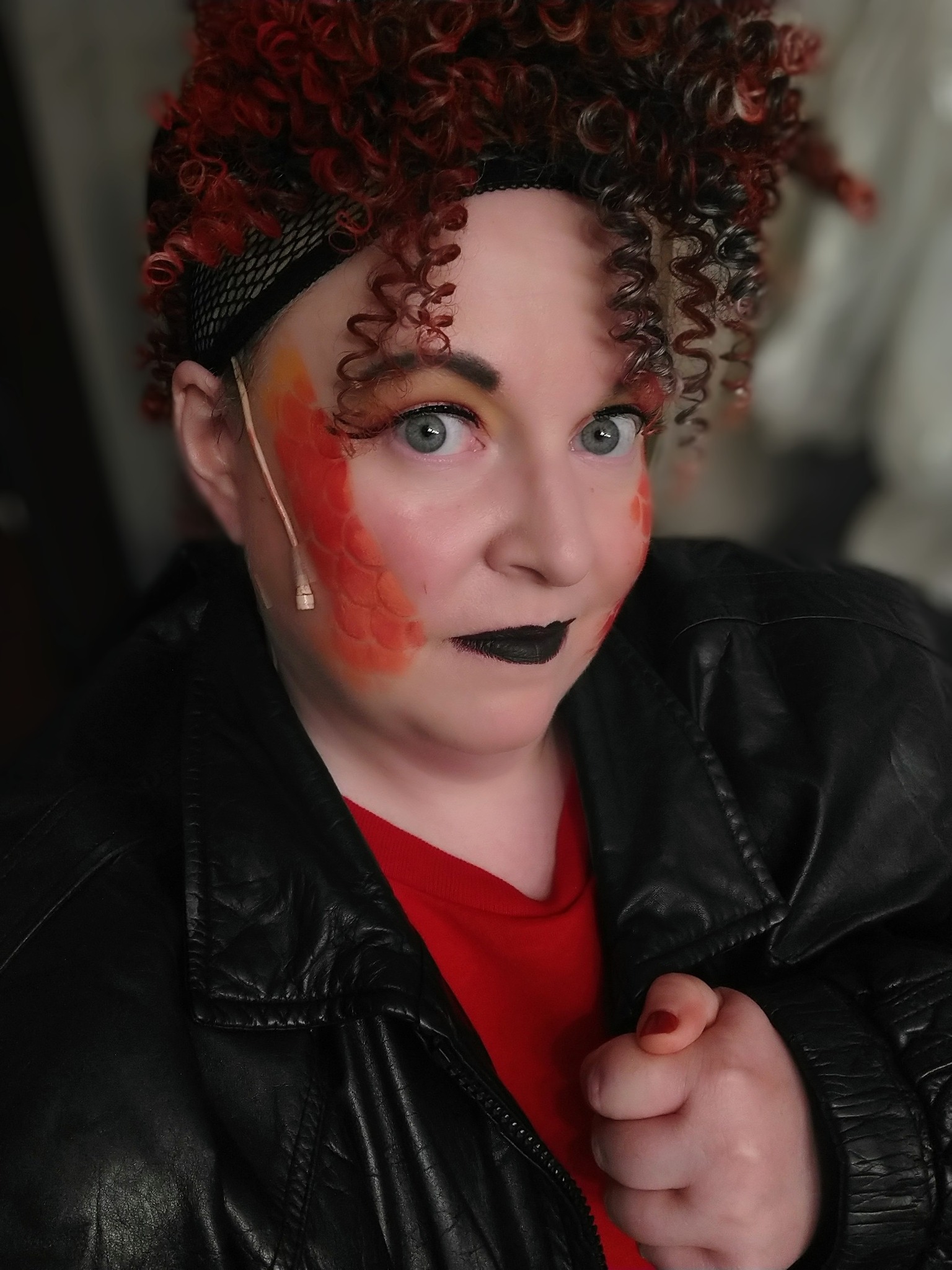
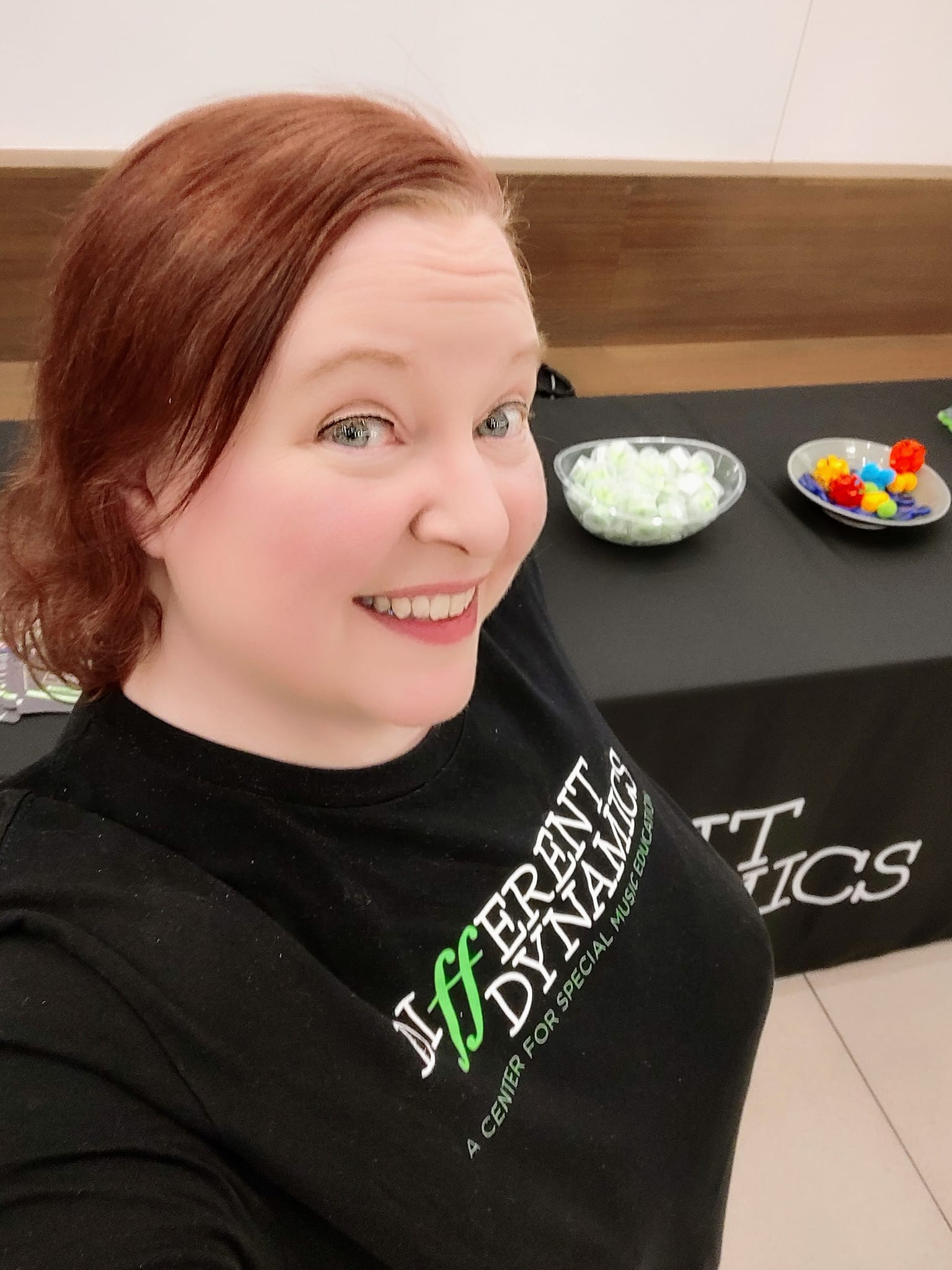
Image Credits
personal photo (with rainbow background): Rachel Bailey/Ray Bay Creates


